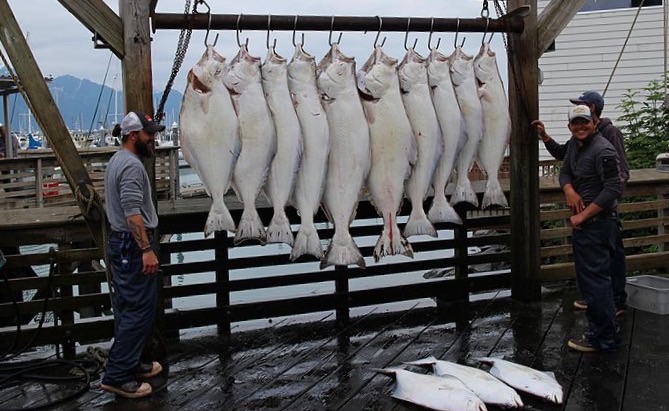Halibut fish prices are rising, with Scandinavian dock prices for farmed halibut peaking at 11.50 Sterling Pounds ($15.04) per kilo, a rise by 7% over the past half decade. The main factors affecting the rise in prices include seasonal catchment, low supplies in key geographical areas, market demand for farmed breeds and size.
Related: Halibut prices in Norway
In terms of seasonal parameters, there are two seasons for Pacific and Atlantic halibut. Pacific halibut is available between late spring to early winter, and fishing is prohibited in the US between winter and spring for reproduction reasons. Atlantic halibut, on the other hand, reproduces from October, meaning that the season in Massachusetts on the East Coast seaboard is usually only open between April and September for this breed. During the closed seasons, prices normally spike due to lesser supplies.
Related: Prices of halibut in the US
Lower catchments from traditional sources are also currently driving demand and prices up. In March this year, the Alaska Pacific halibut season began on a low note with fewer than usual fish caught due to cold waters, a factor that has also contributed to the spike in prices.
Related: Nutrition in raw Alaska halibut
Increasing demand for farmed breeds versus low supplies is another factor that is hiking the prices of halibut fish. In the second quarter of 2023, halibut prices from Northern European waters hit slightly above $15 a kilo, which is a 7% rise on a year-by-year basis. This is compared to the Norwegian price for wild halibut which was comparatively cheaper, at about $10 per kilogram.
Finally, there is the issue of size/weight. Most customers prefer halibut fish sized between 7 and 9 kilograms because it produces bigger filets than its smaller partner. Though most halibut are large, and can reach up to 150 pounds and sometimes even 500 pounds for adults, not all attain the preferred 7-kilogram preferred weight. This can also accelerate prices for the large fish at the expense of small catches.
Halibut raised on farm aquariums are particularly attracting high demand, and currently fetch up to 50 percent higher prices than wild halibut because they have less toxic content.
